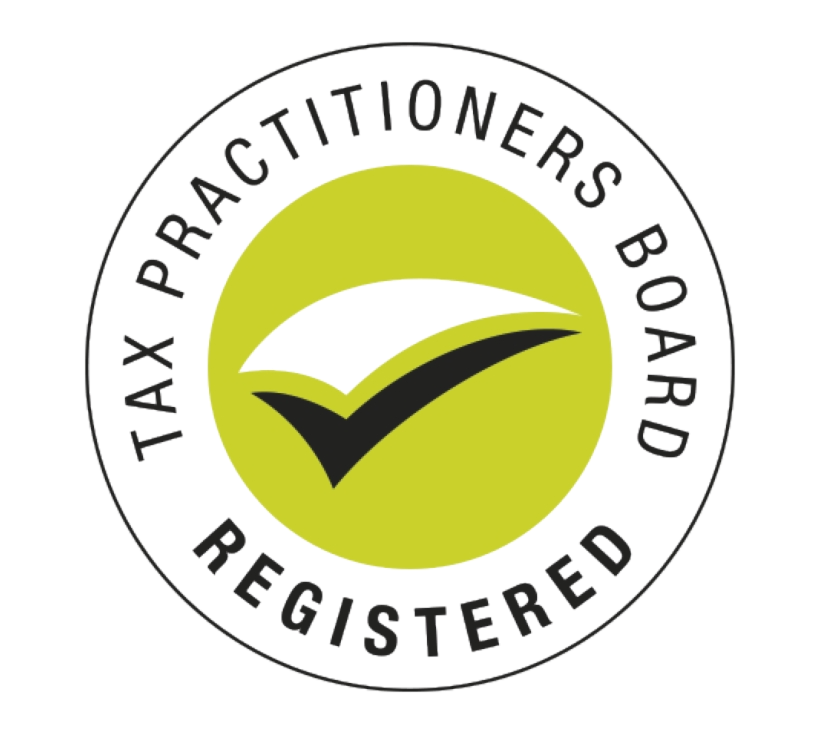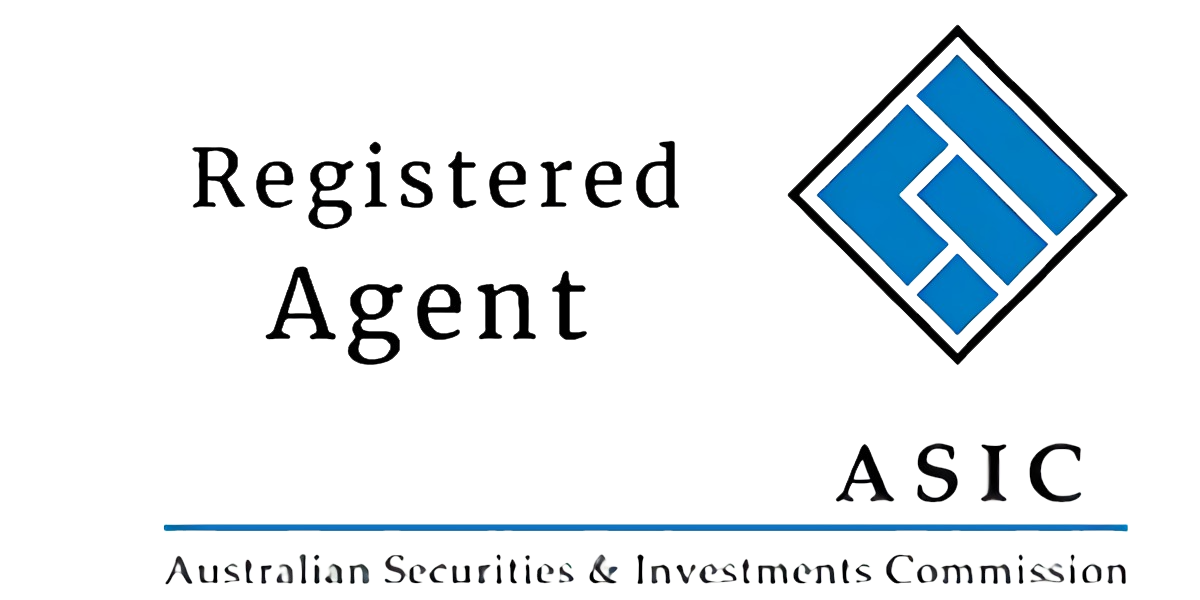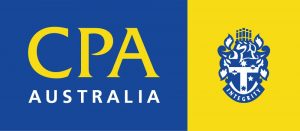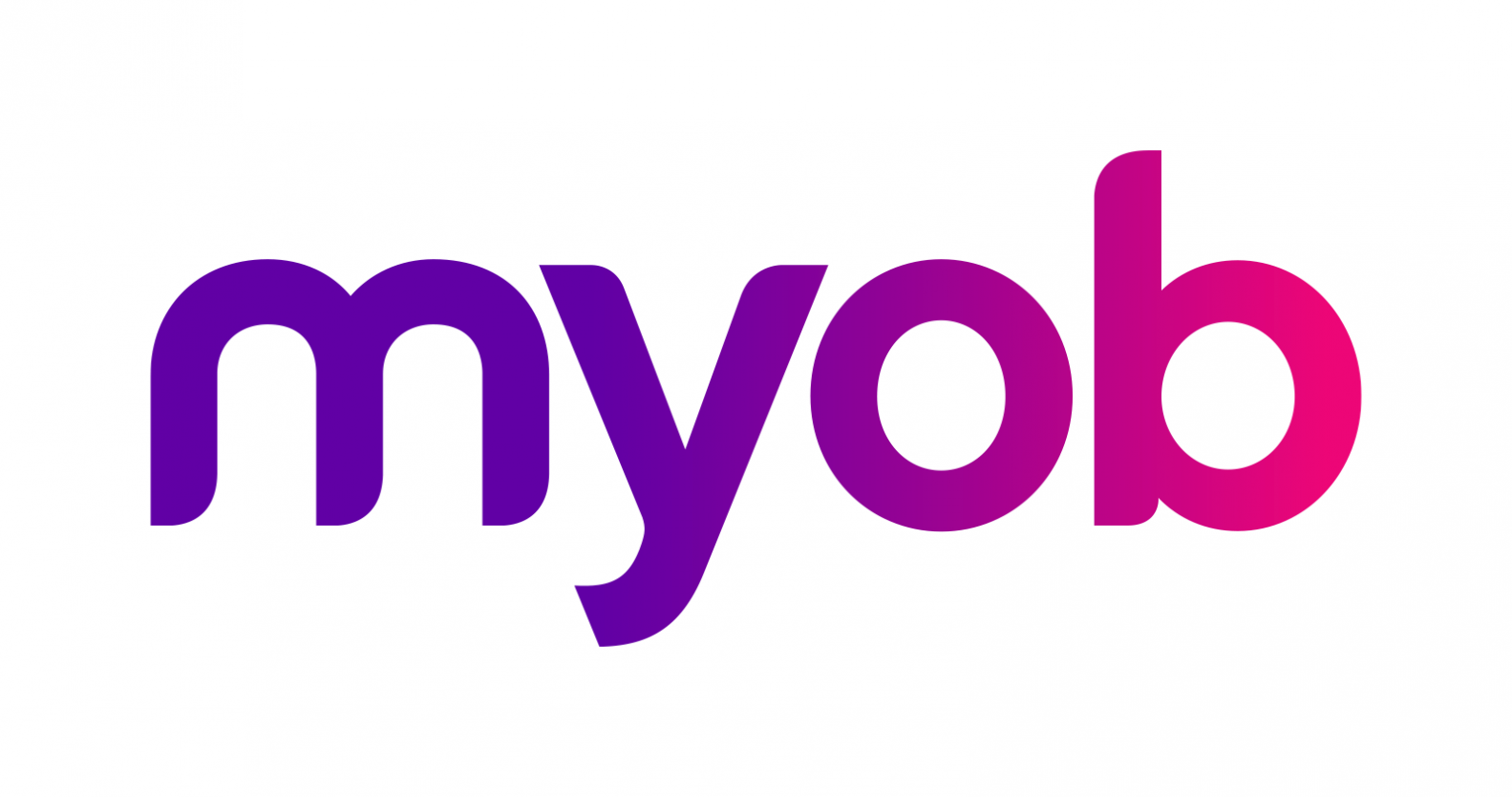Inflation fell to 5.6 per cent in the 12 months to May according to the latest ABS data, down from 6.8 per cent in April and below market expectations of a 6.1 per cent increase.
The rise comes ahead of an RBA decision on interest rates next week and fuels hopes of a pause in its run of increases, which in June pushed the cash rate to 4.1 per cent.
The ABS said the most significant price rises involved furnishings, household equipment and services (+6.0 per cent), food and non-alcoholic bevera
ABS head of prices statistics Michelle Marquardt said the 5.6 per cent annual rise was the smallest since April last year.
“While prices have kept rising for most goods and services, many increases were smaller than we have seen in recent months,” she said
However, excluding items with volatile price changes from the headline CPI calculation gave a better indication of underlying inflation.
“When excluding these volatile items, the decline in inflation is more modest,” Ms Marquardt said. “The annual increase for the monthly CPI indicator was 6.4 per cent in May, slightly lower than the rise of 6.5 per cent recorded in April and down from a peak of 7.3 per cent in December 2022.”
Volative items included automotive fuel, fruit and vegetables, and holiday travel, which could change markedly month to month.
The ABS said the cost of housing, which rose above other sectors at 8.4 per cent in May, was actually lower than the April increase of 8.9 per cent but rents were still moving up.
“Within the housing group new dwelling prices rose 8.3 per cent, which is the lowest annual growth since November 2021, as building material price increases continue to ease,” Ms Marquardt said.
“Rent price increases went up again from an annual rise of 6.1 per cent in April to 6.3 per cent in May as the rental market remains tight.”
Food and non-alcoholic beverages were another sector were prices raced ahead, at 7.9 per cent in the 12 months to May.
“The main contributor to this increase was meals out and takeaway food, which increased from 7.3 per cent in April to 7.7 per cent in May, as higher costs of ingredients, rents, utilities, and wages were passed on,” Ms Marquardt said.
Significant contributors to the food price rises were bread and cereal products (+12.8 per cent), and dairy and related products (+15.1 per cent).
Ms Marquardt said the 8 per cent decline in the cost of automotive fuel over the past year concealed large price swings.
“The annual movement for automotive fuel remains volatile, partly reflecting price changes from 12 months ago. Annually automotive fuel prices fell 8.0 per cent in May, compared to a rise of 9.5 per cent in April.”
Holiday travel and accommodation, which rose 7.3 per cent in the 12 months to May, also fell from an April increase of 11.9 per cent.
“This is the lowest increase for holiday travel and accommodation since October 2022,” Ms Marquardt said.
The low annual inflation result spurred a rebound in shares, with the ASX up more than 1 per cent at noon, and comes ahead of next Tuesday’s RBA board meeting when it will decide on whether to raise rates for the 13th time since last May.









